Waste-to-Energy (WtE) has been around since the first waste incinerator was built in 1874, but the sustainability challenges of today – combined with innovative new technologies – are revolutionizing the industry. A World Energy Council report valued the global WtE market at 9.1 billion USD in 2016 and it is projected to increase to over 25 billion USD in 2025, driven by an increase in waste production, growing populations, and urbanization.
Our recent white paper "Waste to Watts – Unlocking the Potential of Waste to Energy" takes a deep dive into WtE and shows some real-life examples of how innovative technologies, calibration, and accurate measurements are driving the industry.
Waste to Watts – Unlocking the potential of WtE
In our white paper, we provide an in-depth examination of WtE and showcase examples of how new technologies, calibration and accurate measurements are propelling the industry forward. With plenty of clear infographics, facts, and figures, the white paper covers:
- Waste-to-Energy: The Encyclis story – a modern WtE success story
- A growth sector in the making – showing a snapshot of the industry
- Waste-to-Energy around the world – how different countries are embracing WtE
- The technology of the future – the technologies moving WtE beyond incineration
- Challenges to growth – from public perception, to sustainability and efficiency
- The role of calibration – the importance of accurate measurements
- Accelerating Waste-to-Energy – and why it’s important
- Unlocking future potential – a clear overview of the path ahead
This blog post gives you a small taste of what you can find in the white paper – download it now to read the full story.
WtE has many benefits over landfill
Modern WtE plants allow hazardous organics to be safely managed within the waste stream while facilitating the recovery of both ferrous and non-ferrous metals, including valuable metals. They also make hydrochloric acid and sulfur recovery feasible – raw materials that can be used in gypsum board production. Even the ash residue from the process has many applications in the construction industry and can be used instead of concrete. All this is on top of the energy WtE plants can generate for homes and businesses.
The fact that organic pollutants are destroyed in the process and inorganic pollutants, especially heavy metals, are extracted and transformed into insoluble substances is a key advantage of WtE over landfilling. In this way the process contributes to a circular economy where waste materials are recycled, reused, or made inert to minimize their environmental impact. A common misconception of incinerators is that they are dirty and polluting – in fact, the exhaust from the stacks of a modern plant is extremely clean, often cleaner than the air surrounding the plant, as only cleaned gasses and water vapor are released into the atmosphere.
The benefits of modern technology
Digitalization is revolutionizing the WtE industry, driving process improvements and enabling transparency and third-party oversight. “Certain players in the industry manage up to ten plants and are streamlining their calibration and maintenance programs for consistency,” shares Christophe Boubay, Sales Director and Country Manager for Beamex France. “By doing so, they can assess and replicate successful practices through cloud-based solutions from one plant to another.” This approach ensures on-site technicians and remote management have a comprehensive overview of operations and can control the plants to maximize overall efficiency, minimize waste, and ensure end products are suitable for various applications.
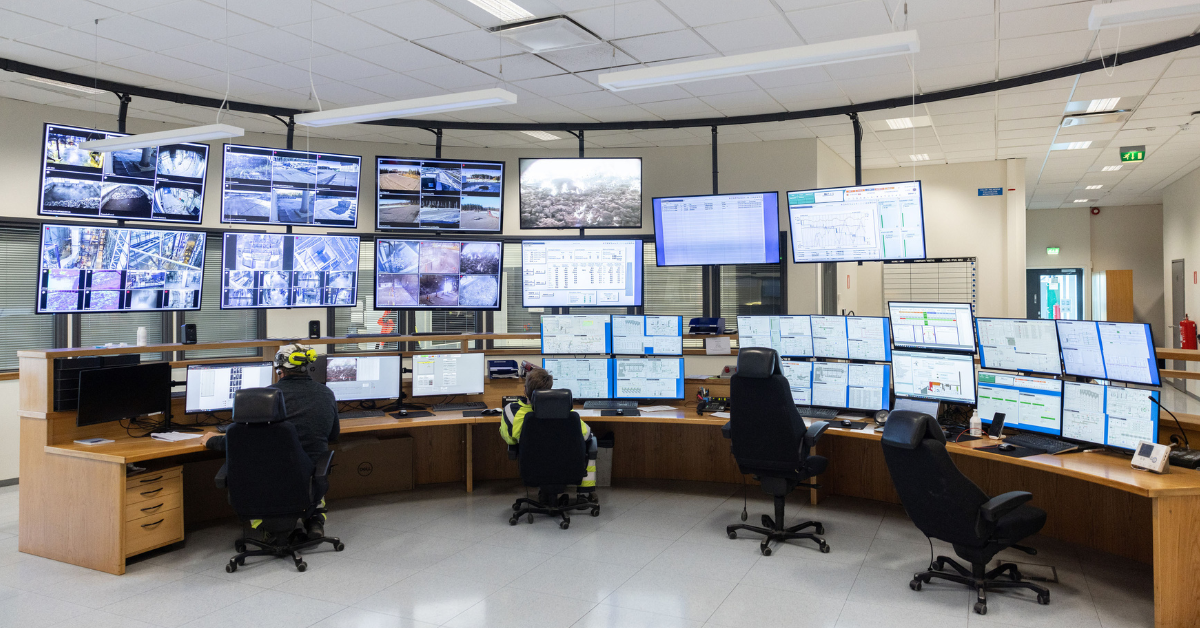
Accurate data for continuous improvement
The WtE process is highly regulated with many rules, frameworks, and standards that operators must follow, both when it comes to the waste that is fueling the process as well as factors such as wastewater disposal and the proper handling of scrap metal and ash by-products. In addition, WtE plants must demonstrate that they are recovering waste and not just disposing of it. These regulations make precise measurements essential in order to be able to monitor and improve environmental performance. To ensure measurements are accurate, calibration is vital.
Properly calibrated tools help ensure that a WtE plant’s pressure and temperature instruments for the incinerator and boiler control process are working at high levels of accuracy, for example. This ensures optimum instrument performance, resulting in higher efficiency and reduced levels of CO2 entering the atmosphere. Compliance with emission restrictions is crucial – exceeding them can result in heavy financial penalties and even plant closure. Modern calibration software helps manage the calibration of stack emission instrumentation, thus ensuring continuing compliance with local and national regulations. The use of digital calibration certificates also makes it easier for WtE facilities to share calibration data for emissions monitoring, auditing, and regulatory compliance purposes.
From waste to watts: a WtE success story
Every year Encyclis’s Rookery South Energy Recovery Facility (ERF) in Bedfordshire, England, takes 550,000 tonnes of waste that would otherwise end up in landfill and turns it into 60 MW of sustainable energy for around 112,500 homes. Thousands of tonnes of ash are also produced for the construction industry. The site has been operating since January 2022 and is one of three WtE plants operated by Encyclis, with two more under construction. Encyclis collaborates closely with waste management companies, recovering valuable resources and by-products for reuse and contributing to the circular economy by turning household and commercial waste into a valuable resource. All Encyclis plants use continuous real-time monitoring to adhere to strict Environment Agency emission limits.

Encyclis chose Beamex to provide a comprehensive calibration ecosystem for the Rookery South ERF, including CMX Calibration Management Software, the bMobile Calibration Application, MC6 Advanced Field Calibrator and Communicators, MC6-T Multifunction Temperature Calibrator and Communicators, pumps and expert services. The company has also collaborated with Beamex to equip its WtE facility in Newhurst, UK. For both plants, Beamex has been involved from the early stages, before the commissioning phase. This approach makes it possible to apply best practices based on decades of experience and ensure that the resulting calibration solution is user-friendly and enables seamless data exchange.
A detailed calibration procedure was also integrated in the plants, specifying calibration schedules and test parameters. This information was then synchronized with handheld devices used by technicians and engineers. All workers have to do is connect to the instrument being calibrated and perform the calibration. The Beamex software does the rest, calculating the pass or fail result, updating the digital certificate, and resetting the recalibration date for future reference.
Nick Folbigg, Electrical, Control and Instrumentation Team Leader at Encyclis, likens managing an ERF to assembling a complex jigsaw puzzle: “Numerous parts need to align seamlessly for effective, efficient, and compliant operation. Using the complete Beamex calibration solution is a key piece of this puzzle.”
The future of WtE
Regulation has a role to play in helping the WtE industry reach its full potential and claim its place in the circular economy. The US, for example, faces significant financial hurdles in transitioning away from landfill-based waste management systems, but regulations preventing the disposal of untreated organic waste would be a practical approach to accelerating the change. After all, as Phillipp Schmidt-Pathmann of the Institute for Energy & Resource Management points out, the average person in an integrated waste management-based system usually pays less than in a landfill-based system. Governments should also introduce a market mechanism for Carbon Capture, Usage and Storage, which will encourage more investment in WtE.
WtE plants can then focus on what they do best: reclaiming precious metals, boosting revenues with local secondary raw material streams, supporting construction, reducing resource demand, supplementing grid power, and making drinking water production more sustainable for local populations. WtE’s ability to convert electricity into hydrogen should also be exploited to allow for zero-emission buses and waste transportation. Together, we can help transform waste into a more sustainable future for us all.
To read more about the Rookery South ERF and WtE, download our white paper: Waste to Watts – Unlocking the Potential of Waste to Energy.
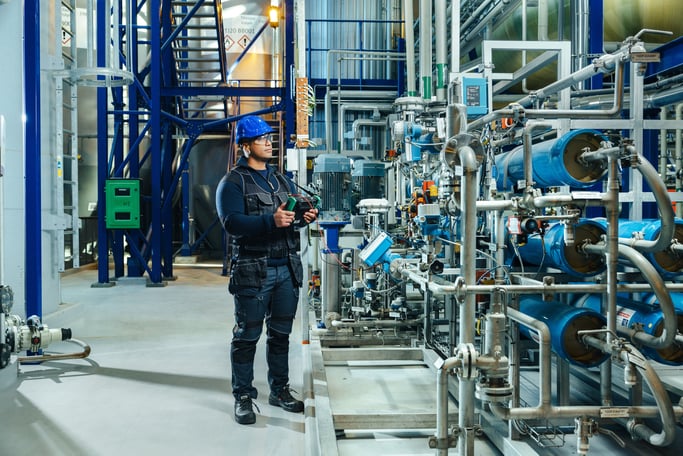


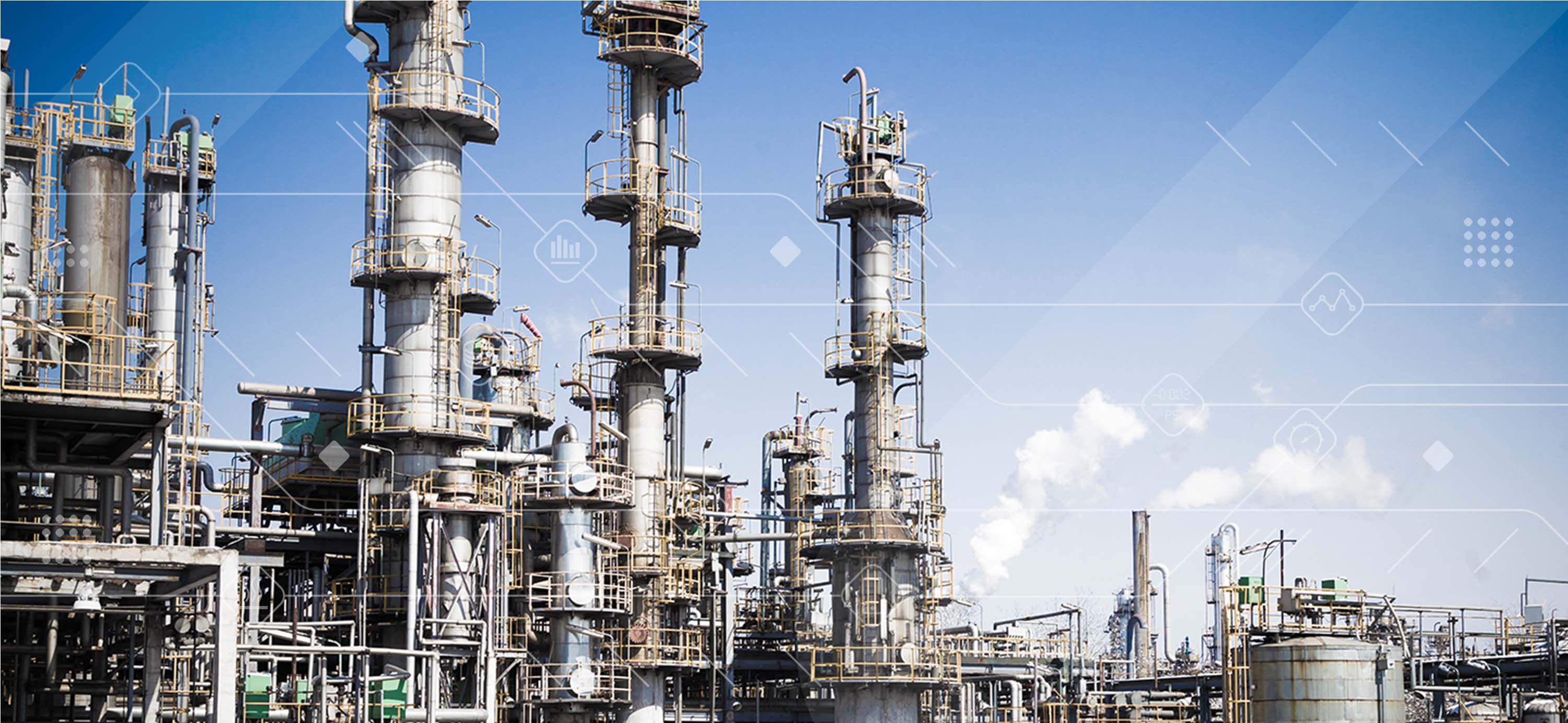

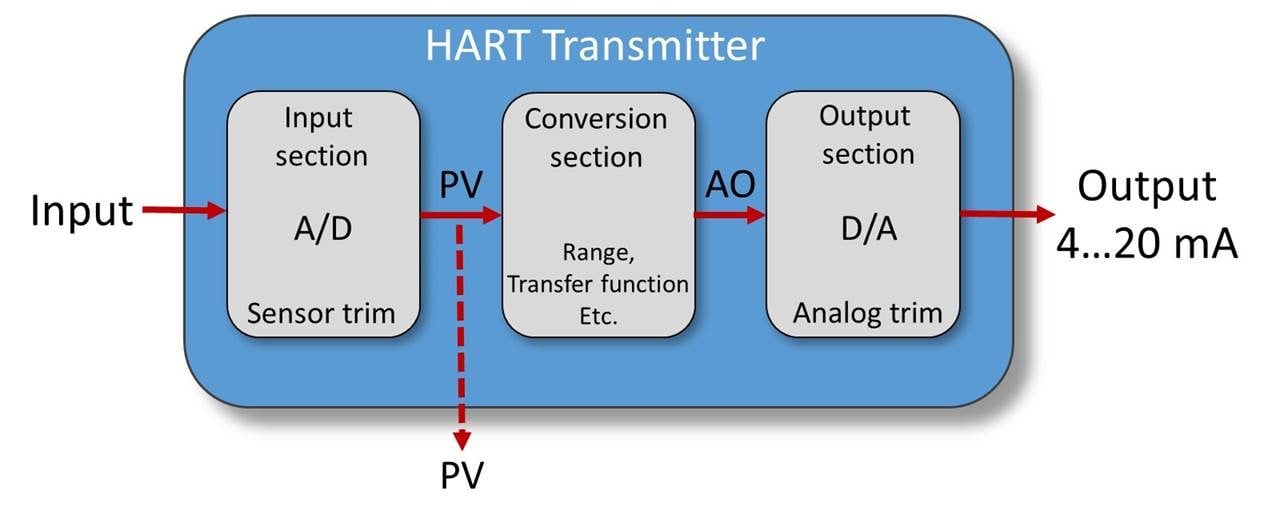
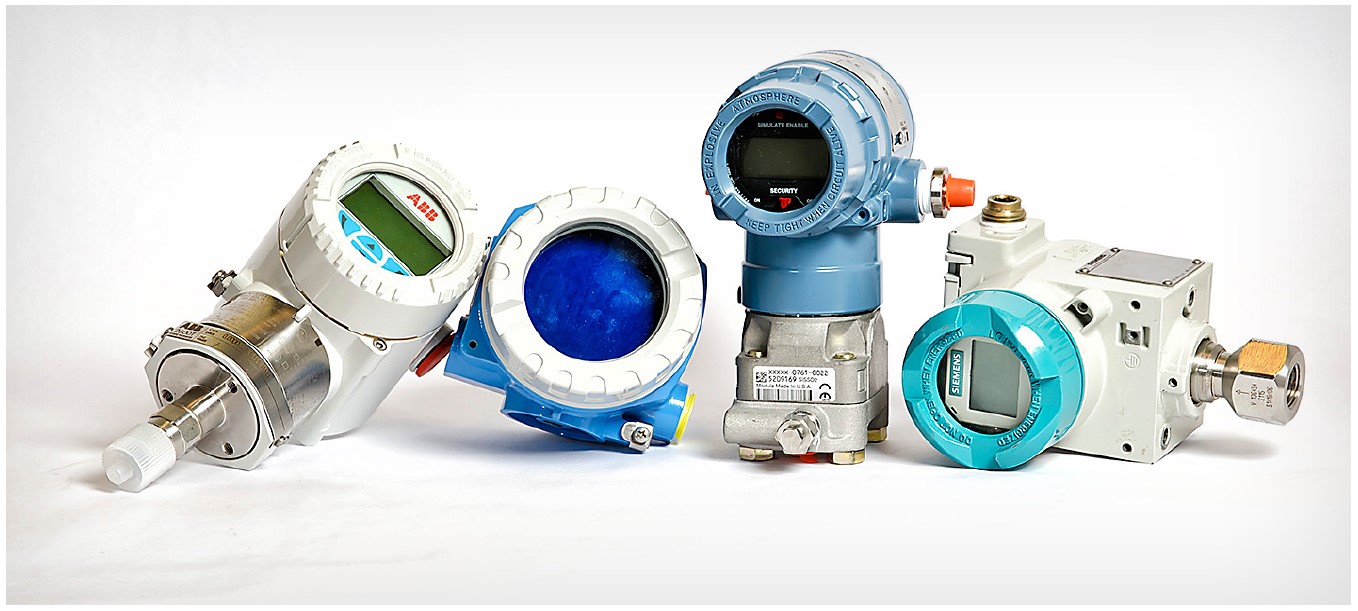


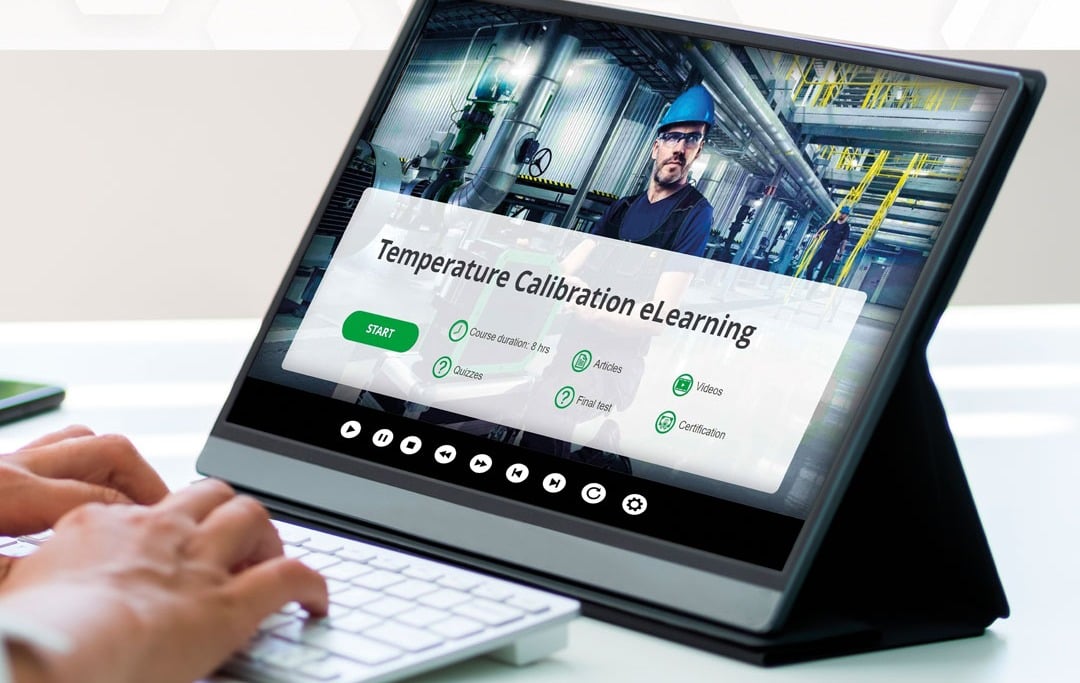













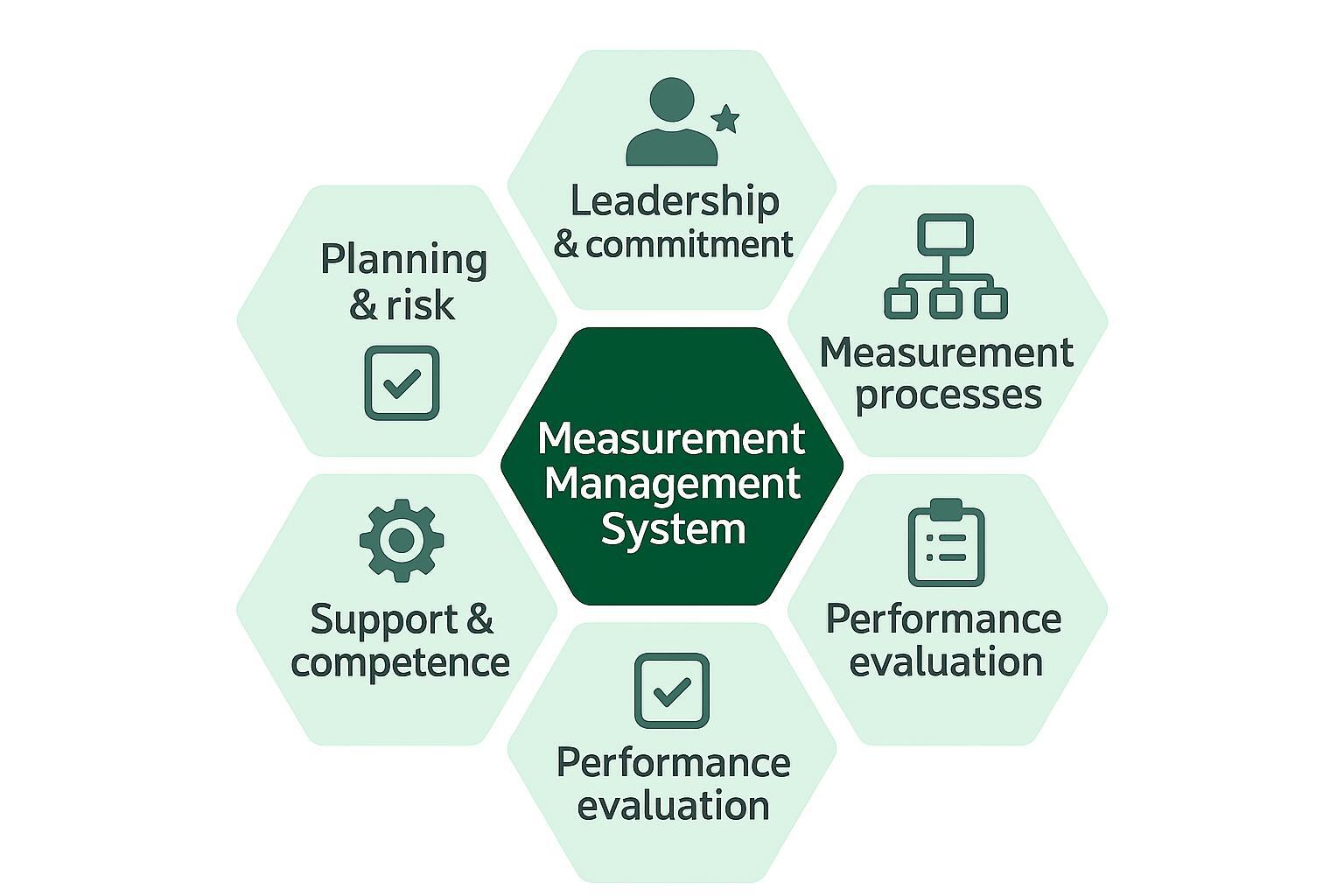

.jpg)





.png)
Discussion